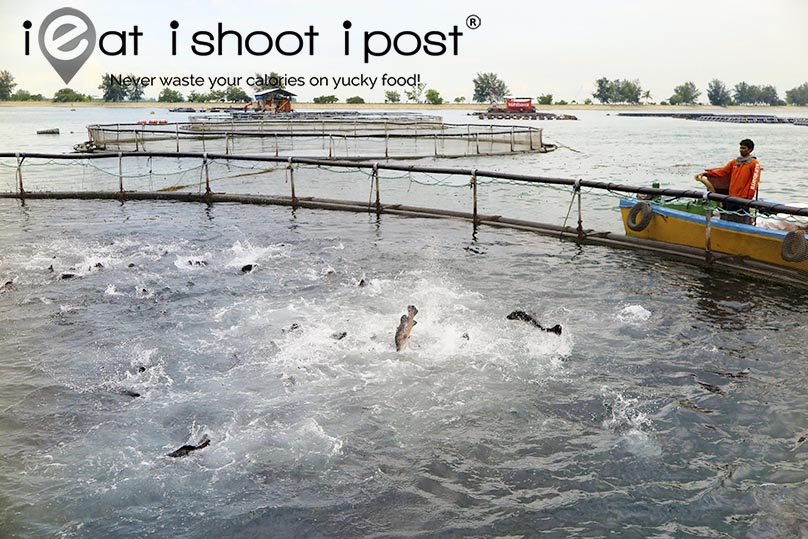
Most of us would be quite familiar with the Asian Seabass or what is locally known as the “kim bak lor“. I remember the very first time that I ate kim bak lor which was around 25 years ago during my army days. It was steamed Hong Kong style and it totally blew me away. (That is why I remember it so well). Those were the days before aquaculture and fish farming and the one that I ate was most likely a wild caught seabass.
Then they started farming Seabass and soon it became widely available at your live seafood restaurants as well as the supermarkets. The problem is that most Seabass are farmed in freshwater ponds and they usually have a muddy taste and mushy flesh which really put me off Seabass for a long time.
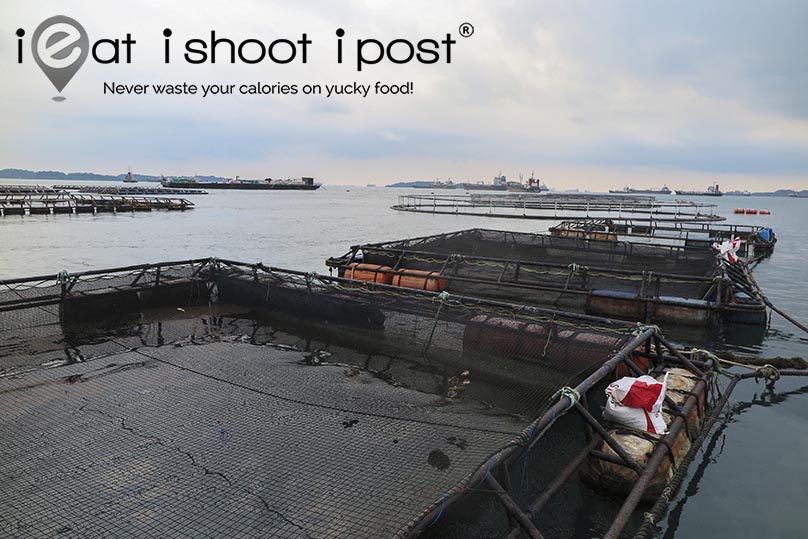
However, last year I got wind of a local fish farm which was producing Australian Barramundi (That is what the Aussies call them) in the Southern waters off Singapore. I ate it the first time at The Naked Finn and I was amazed at how good it was. My friend Ken Loon who owns The Naked Finn is a crazy seafoodie, so when he started raving about this locally farmed fish, it naturally piqued my interest.
When the AVA approached me to do a write up of the our local aquaculture scene, I quickly jumped at the opportunity to visit the Barramundi farm to see how they managed to successfully farm this fish in Singapore waters.
The AVA has recently introduced the GAP-FF (Good Aquaculture Practise for Fish Farming) scheme in order to encourage more fish farmers to adopt aquaculture best practices. This is a voluntary accreditation for farmers who satisfy a set of stringent criteria that ensures that the fish are produced to the highest standard of safety and quality.
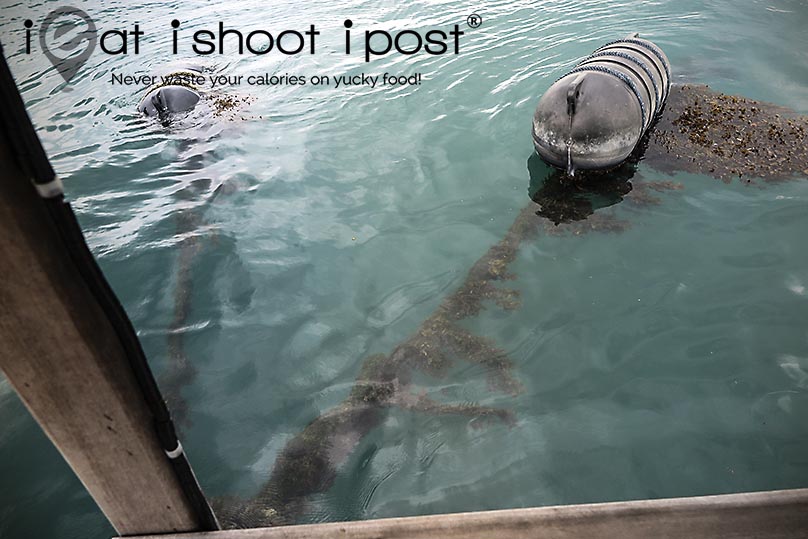
I met up with Joep Staarman and Eva who took me on a visit of their farm which was half and hour’s boat ride from West Coast Pier. As we traveled out, there was a distinct point where the colour of the water changed from a dark green to a light emerald green colour. Joep pointed out that this was intersection between the saltwater currents and the brackish water of the bay.

This was significant as the Barramundi are reared in well oxygenated saltwater cages where there are strong currents that keep the fish swimming. Barramundi which are reared in fresh water often suffer from that muddy taste because of algae blooms that produces a compound called geosmin. Fish that are reared in saltwater don’t have the geosmin problem. The salt water environment also mean that the meat will contain more amino acids in order to counter the osmotic pressure exerted by the salt water. More amino acids means more flavour!
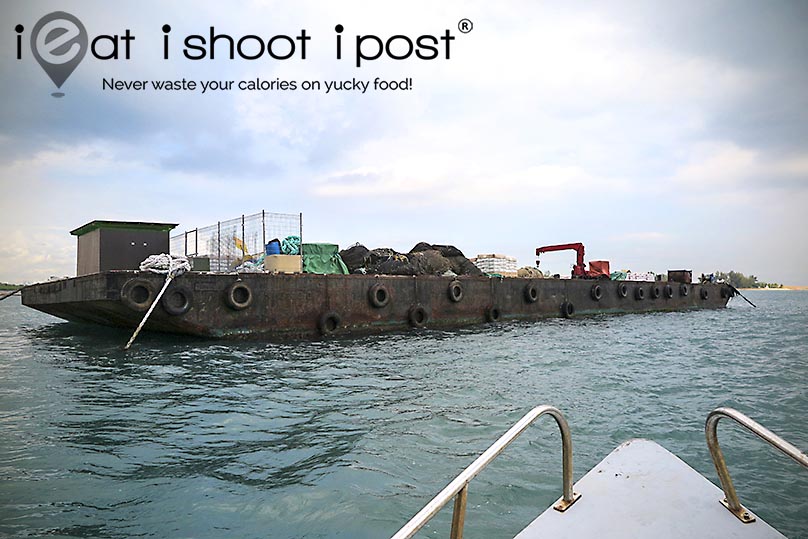
Aside from producing good eating fish, Kühlbarra is also concerned about the environmental impact of the fish. Barramundi is good fish for aquaculture because of its ability to synthesize Omega 3 fatty acids from vegetable matter. As such the fish are fed pellets made from mostly sustainable plant matter with a smaller proportion of fish meal made from sustainable fish. Kühlbarra uses high quality pellets that are traceable and the high price of the feed constitutes the major cost of breeding the fish.
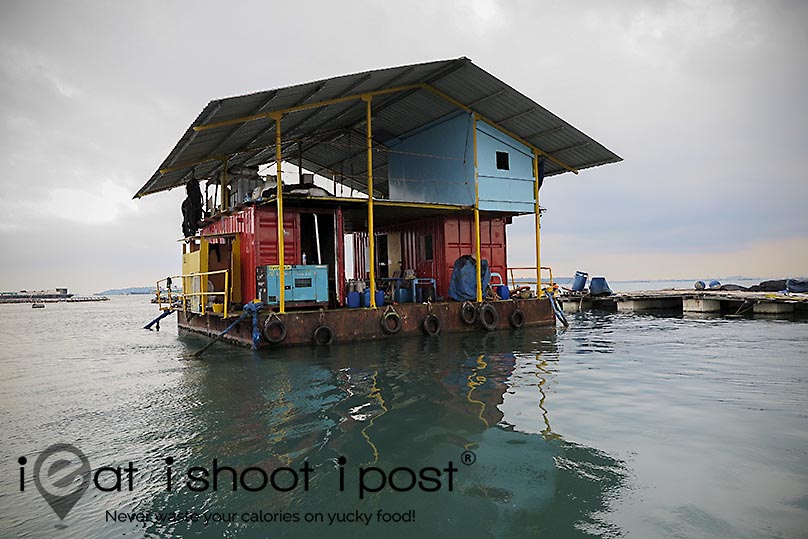
The ability to produce some of our own fish, eggs and vegetables is part of the wider strategy to ensure Singapore’s food supply resilience. Buying local not only supports our local farmers but it also means that we are getting food that is fresh and leaving a smaller carbon footprint at the same time.
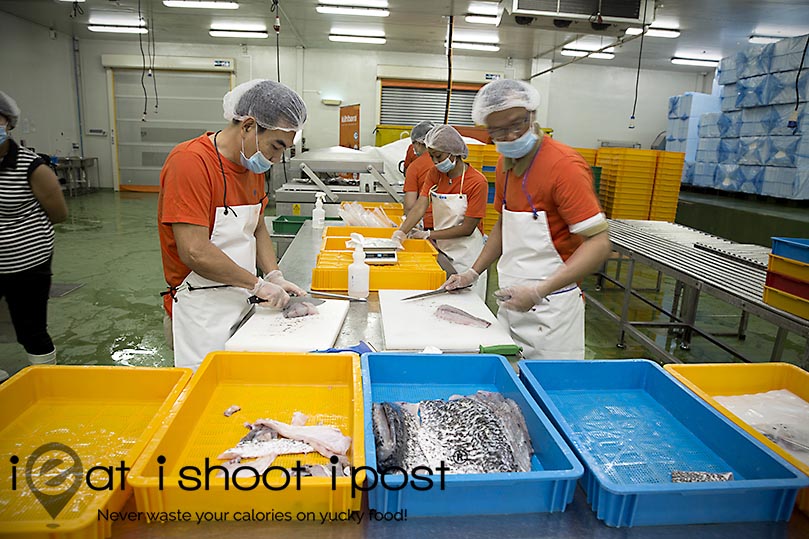
One of the biggest advantages of buying locally farmed fish is its freshness. Fish from Malaysia, Indonesia and countries as far as China can spend many days on board fishing boats before making it to our local markets. Fish from local waters will get onto your plate much faster. The fish from Kühlbarra in particular, will arrive at your doorstep within 48 hours from when it is harvested!
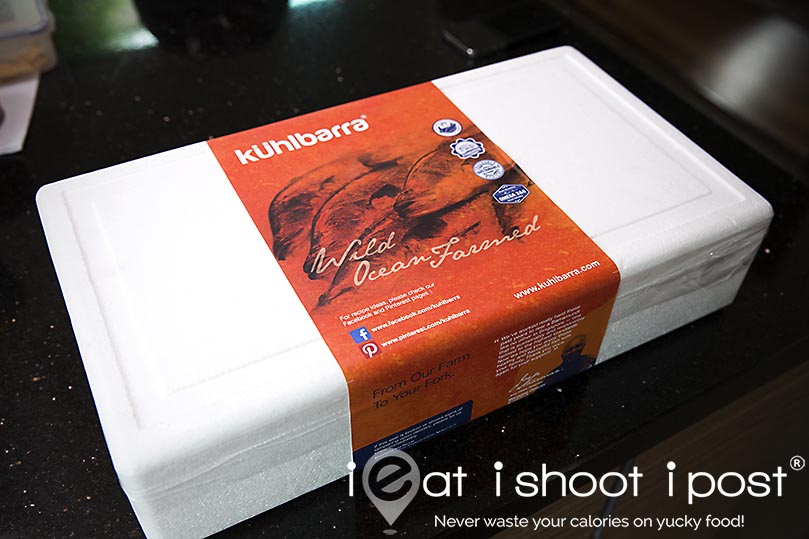
In order to ensure food safety and quality, Kühlbarra also manages every step of the cold chain process from the time the fish is harvested till it reaches your doorstep.
Once the fish are pulled out of the water, they are immediately put into ice which causes the fish to slowly drift off to never never land. The fish is then transported in ice to their processing facility in Jurong where it is scaled, gutted and vacuum packed. They then go into a foam box with ice and delivered to your doorstep. The fish is currently available online through their website and is priced at $50 for 1 kg of fish fillets. (transport included)

Conclusion
It is good to know that there are local fish farmers who are doing such a great job at producing food that is safe, delicious and sustainable. Aside from Kühlbarra, there are other farmers who are also adopting best practices to ensure a quality product. You can recognize them by the GAP-FF accreditation. So next time you buy fish, go local and go for GAP-FF!
Reference:
Fish for the Future: The Barramundi Swims to the Rescue
This post was sponsored by the AVA



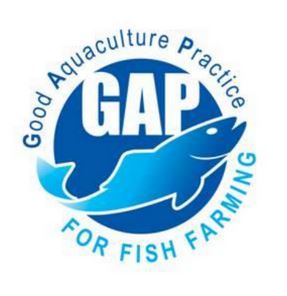
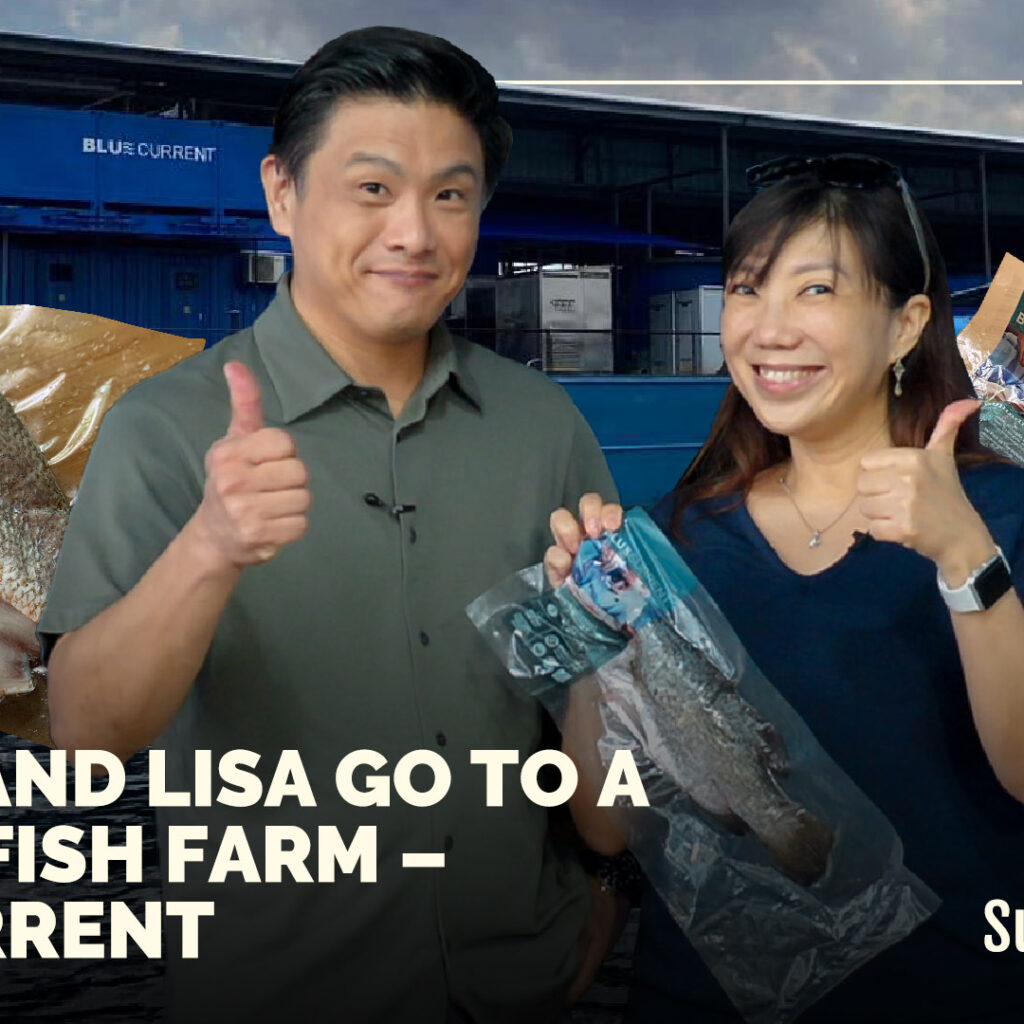

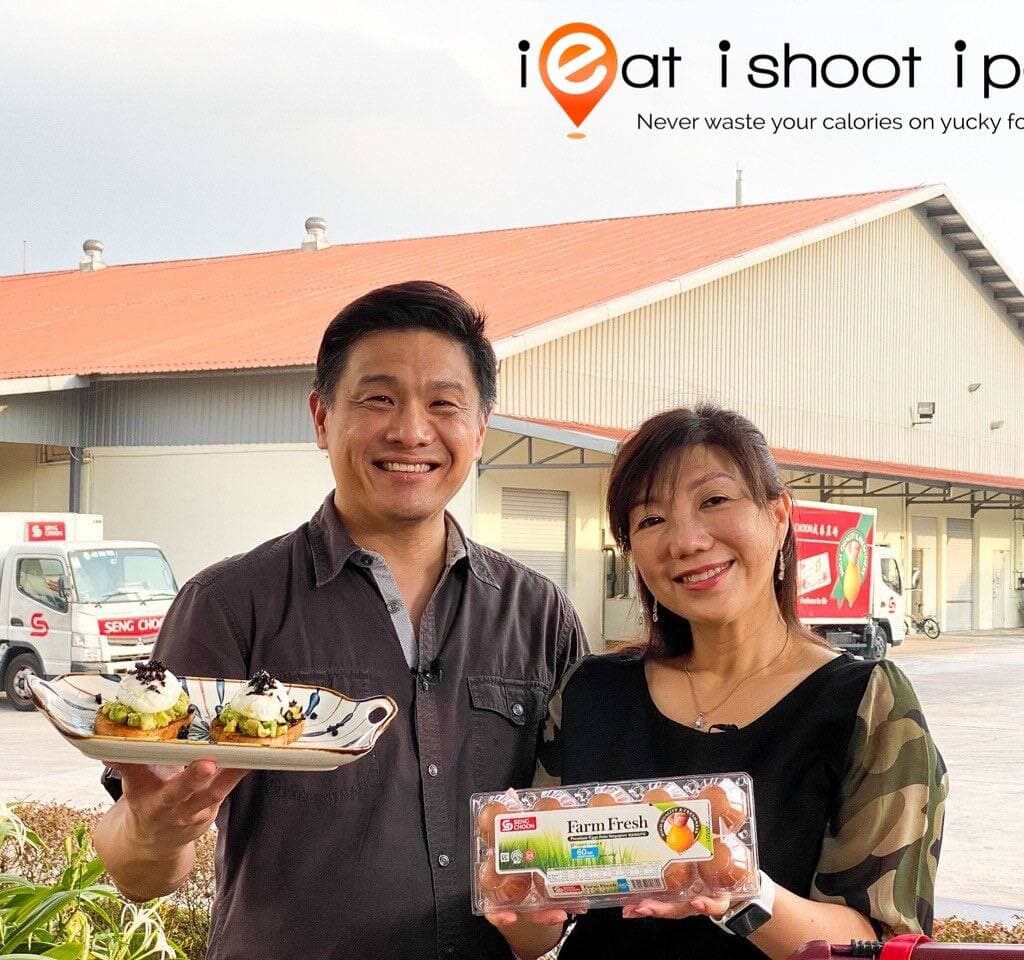

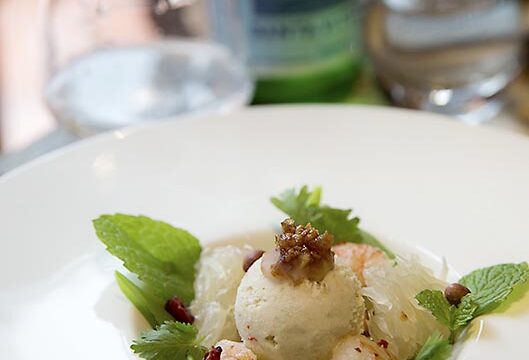
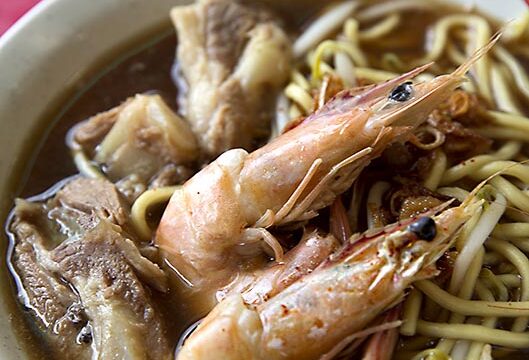



Hello sir . I have one doubt sir my father is a fisherman any fish farm workers vecancy pls help me sir my family very poor sir please help me sir